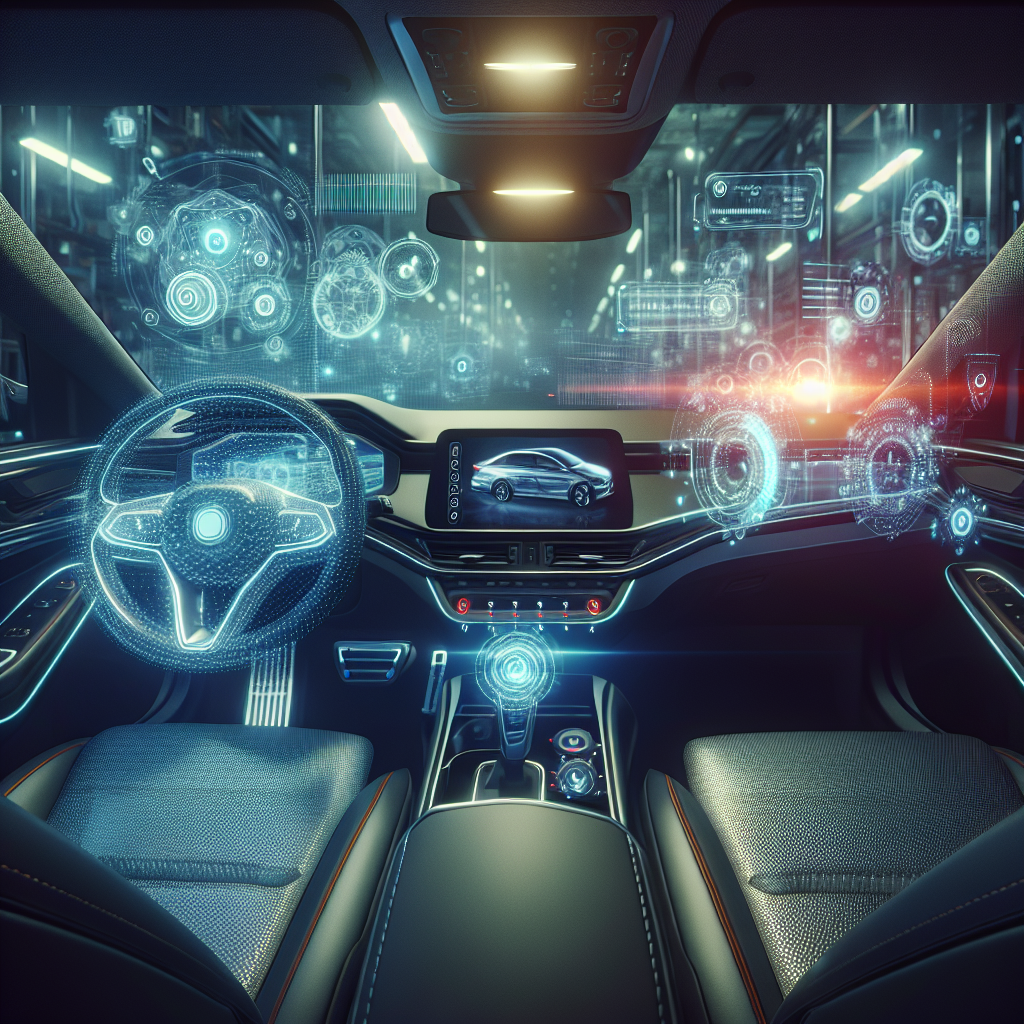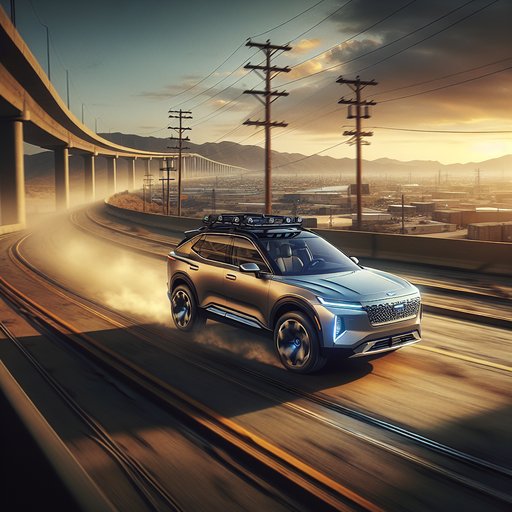
Major electric vehicle manufacturers are rolling out significant updates to their driver assistance systems, marking important developments in autonomous driving technology. While Tesla makes controversial changes to its Full Self-Driving (FSD) system's driver monitoring approach, Rivian introduces enhanced highway assistance features, highlighting the industry's ongoing evolution in advanced driver assistance systems (ADAS).
Tesla has sparked discussion with its latest FSD update that now suggests drivers activate the system when feeling drowsy [1]. This marks a significant shift in how the company approaches driver fatigue management, though safety experts may question the wisdom of encouraging tired drivers to rely on automated systems.
The update also includes changes to Tesla's driver monitoring system and how it handles inattentive behavior. The company has modified its penalty system for drivers who don't maintain proper attention while using FSD [2].
Meanwhile, Rivian has taken a more conservative approach with its latest software update, focusing on improving its highway assist capabilities [3]. The update demonstrates the company's commitment to gradually enhancing its driver assistance features while maintaining a strong emphasis on safety.
These developments reflect the broader industry trend of continuously improving autonomous driving capabilities while grappling with the challenge of maintaining driver engagement and safety. The contrasting approaches between Tesla and Rivian highlight the ongoing debate about the proper balance between automation and driver responsibility.
















